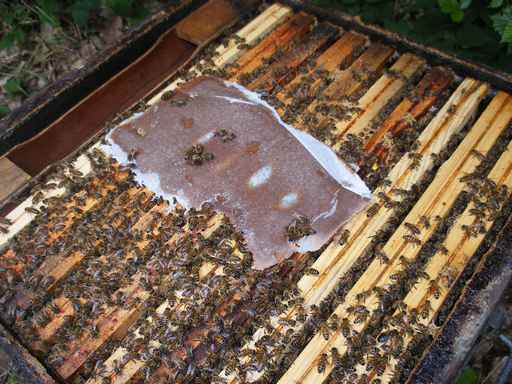In the Bay Area of California, bees can face starvation risks in spring despite the region’s generally favorable climate and diverse flora. Understanding the potential challenges bees face in this area requires considering various environmental, climatic, and anthropogenic factors.
The Bay Area, known for its Mediterranean climate, typically experiences mild, wet winters followed by dry summers. Spring, a transitional period, is crucial for bee colonies as they emerge from their winter dormancy. During winter, bees cluster and survive on stored honey, and by spring, these reserves can be significantly depleted. The survival of a bee colony in spring depends largely on the availability of pollen and nectar from blooming plants. However, several factors can disrupt this availability.
Weather Variability: The Bay Area’s spring weather, while generally mild, can be unpredictable. Unseasonal cold snaps, prolonged rain, or extended periods of overcast skies can hamper bees’ ability to forage. Bees are temperature-sensitive and prefer to forage on warm, sunny days. Adverse weather conditions can confine them to their hives, leading to increased consumption of their already diminished winter stores and potential starvation if they cannot replenish their food supply.
Urban and Suburban Development: Urbanization and suburban sprawl in the Bay Area impact the natural habitats of bees. In highly developed areas, green spaces and floral diversity may be limited. While gardens and parks provide some resources, they might not offer the abundance and variety of flowers necessary to support large bee populations. This issue is compounded in areas where landscaping favors non-native, ornamental plants that are less beneficial to bees than native flora.
Agricultural Practices: The Bay Area’s surrounding agricultural lands can also influence bee health. Modern agricultural practices often involve monoculture and the use of pesticides, both of which can be detrimental to bees. Monoculture — the cultivation of a single crop over a large area — reduces the diversity of pollen and nectar sources. Pesticides, particularly neonicotinoids, have been linked to bee mortality and colony collapse disorder.
Timing of Flower Blooms: The synchronization between bee emergence and plant blooming is critical. If bees become active before sufficient flowering plants are available, they may not find the food they need. Climate change can exacerbate this issue by altering the timing of plant blooming cycles.
Bee Population Density and Competition: In some parts of the Bay Area, the popularity of beekeeping and the presence of wild bee populations can create high densities of bees, leading to intense competition for resources. This competition is particularly challenging in early spring when floral resources are just beginning to become available.
Beekeepers in the Bay Area often take proactive measures to support their colonies during this vulnerable period. This may include providing supplemental feeding in the form of sugar syrup or pollen substitutes until natural food sources become more abundant. Additionally, there’s a growing awareness of the importance of planting native, bee-friendly plants in gardens and public spaces to enhance foraging opportunities for bees.
Community and policy efforts aimed at creating more bee-friendly environments, such as establishing pesticide-free zones and encouraging the planting of a variety of flowering plants that bloom at different times throughout the year, are crucial. Such measures not only aid in the survival of domesticated honeybees but also support the myriad of native bee species unique to the Bay Area ecosystem.

